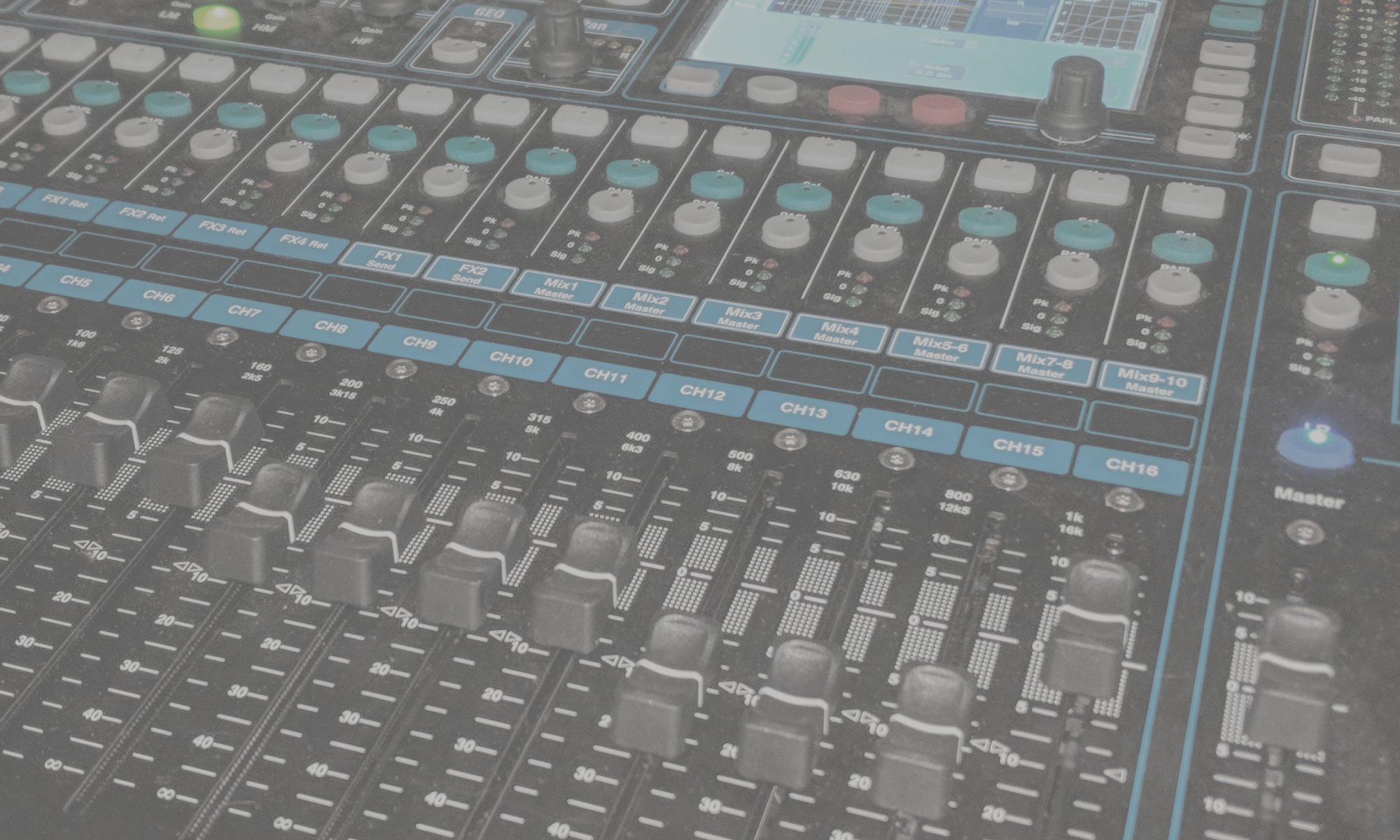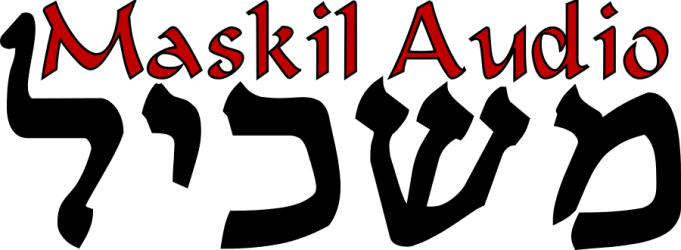More and more often in today’s environment, it is more common to experience a piano coming from an electronic keyboard, but especially in churches or performance halls, pianos can still be found.
Getting It
There are almost as many ways to mic a piano as there are for drum overheads. Here are a two of the easiest.
Single Mic
When using one mic, it’s best to use an omnidirectional mic in the middle of the piano keyboard (right around “middle C”). On an upright piano, put it about a foot and a half away from the wooden back (the “soundboard”). On a grand piano, place it around where the bass and treble strings cross. For more attack, move it closer to the hammers; for more fullness, move it farther from the hammers.
For a surprisingly good grand piano sound (for what it is), grab an SM58 and a small cloth, lay the SM58 on the cloth on the metal frame of the piano so the ball of the microphone is in one of the holes in the metal, with the mic pointed towards the hammers. Experiment to find the best location for your piano. A big perk of this technique is you can leave the lid closed and there is almost no bleed into the piano mic from outside.
Spaced Pair
If you can use two mics for a piano, a spaced pair is quite easy. Place two microphones, pointed down, 6 to 12 inches above the strings just behind the dampers and at least 3 times farther apart than the distance from the mics to the strings (this cuts down on phase problems).
In the Mix
Pianos can serve as any number of mix elements, and should be mixed depending on what role they serve. For EQ, generally, low is “fullness”, low midrange is “boxiness”, high midrange is “attack”, and high is “presence”. Pianos usually benefit from light reverb.

